Revised plans for 85 Gracechurch Street were approved this year following discovery of 1st century Roman basilica
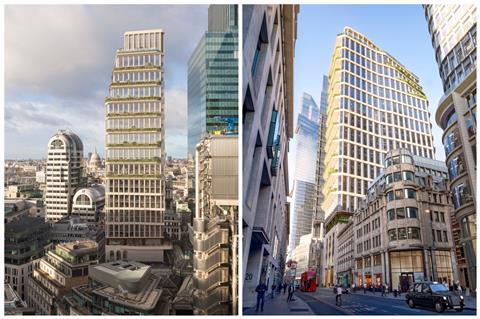
The developer behind plans for Woods Bagot’s 30-storey tower in the City of London that was redesigned following the discovery of Roman ruins on the site is facing a delay of up to a year while an archaeological dig takes place.
Planning documents reveal Hertshten Properties will need to wait at least 10-12 months before it can start work on its scheme at 85 Gracechurch Street while the 1st century basilica is investigated by a team of specialists.
The full extent of Roman ruins on the site is currently unknown and the full length of the delay cannot be confirmed until the excavations are complete.
> Also read: Roman basilica uncovered at 85 Gracechurch Street set to feature in Woods Bagot office scheme
The scheme’s planning consultant DP9 admitted that “there will be no certainty that the superstructure works can commence until the bulk excavation is completed, because of the risk of further archaeological discoveries delaying the excavation and basement construction”.
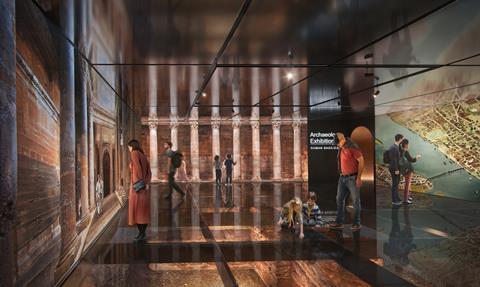
Hertshten Properties has also submitted multiple amendments to the proposals aiming to facilitate the dig, including splitting the scheme into two phases.
The first phase will comprise the demolition of the existing site and removal of the existing basement slab to make way for the archaeological investigations, with construction of the tower constituting the second phase.
The developer has also said that the 1930s facade of the site’s existing building, which would have been partly retained and reused under earlier versions of the scheme, will now need to be entirely demolished.
Woods Bagot said retaining the Art Deco frontage in situ was not possible due to the proportions of the proposed design and reusing reclaimed elements had been “assessed to be inappropriate due to the risk of visual, weathering, and performance differences between reused and new portions of stone”.
The architect added that reinstating the facade has been assessed as having little carbon benefit. Instead, the practice has said it would produce a “scholarly reproduction” of the frontage using appropriate materials and detailing.
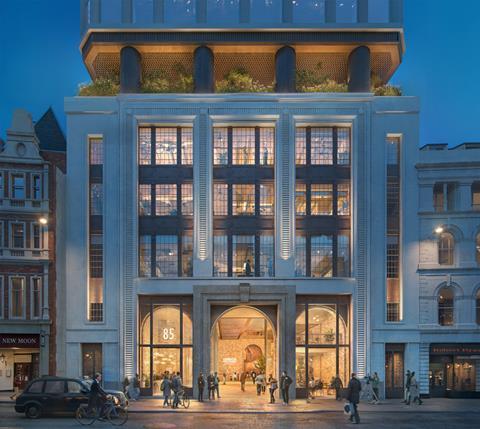
While unlisted, the facade is seen by the City as making a positive contribution to the surrounding Leadenhall Market Conservation Area with planning officers warning in July that its demolition would cause harm to the conservation area which would not be mitigated by the partial replication which was then proposed.
The City granted consent to a revised version of the plans in July which removed two storeys from a previous October 2023 consent, granted prior to the discovery of the Roman basilica, and added a new public hall and exhibition space for the ruins.
Hertshten Properties is understood to be seeking to reduce potential delays by amending the previous 2023 consent instead of the 2025 consent, which cannot currently be amended because it is yet to pass final stages of approval.
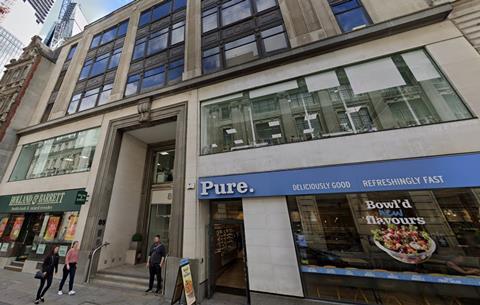
The amendments to the previous consent will then pass onto the new scheme once it has been granted full planning approval, with demolition of the site’s existing building expected to start next year.
The basilica is thought to be the earliest such structure built in the Roman city of Londinium and formed part of the wider Roman forum. It has been described by Historic England as an “extraordinary discovery” of national significance.
Others working on 85 Gracechurch Street include project manager Gardiner & Thoebald, surveyor Shaw Corporation, QS Turner & Townsend Alinea, multi-disciplinary firm Arup, M&E consultant Sweco, planning specialist DP9 and structural and geotechnical firm Robert Bird.


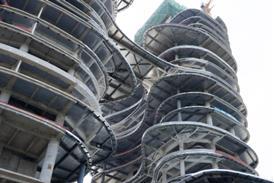
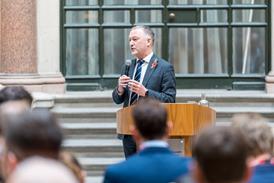

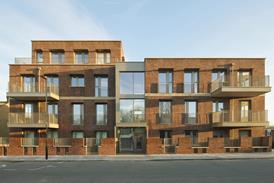










No comments yet